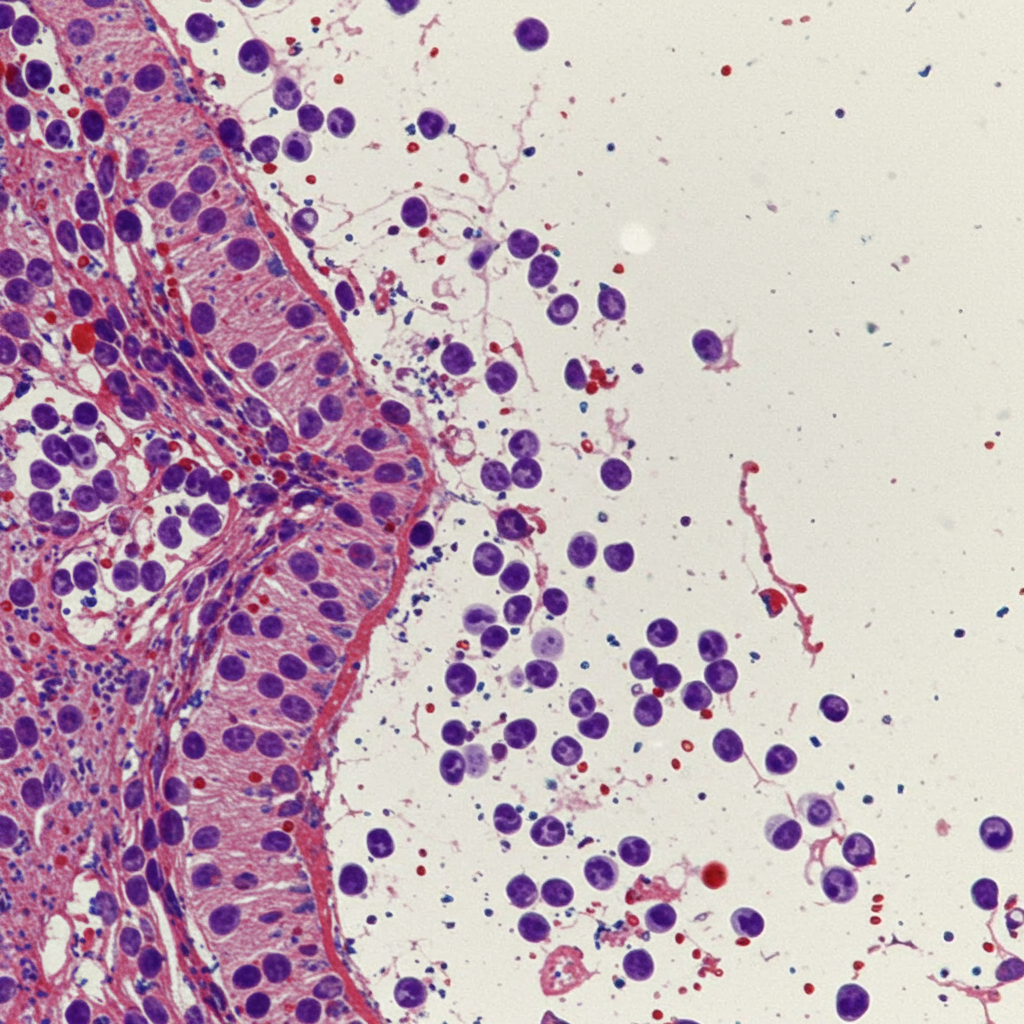Parkinson’s disease (PD) is a challenging neurodegenerative condition where early diagnosis is crucial for managing its progression and optimizing patient care. However, current diagnostic methods often involve subjective assessments or costly imaging techniques, highlighting the need for more accessible and objective screening tools.
Recent groundbreaking research points to an unlikely source for early detection: your earwax.
Earwax: A Hidden Source of Health Clues
Earwax, scientifically known as cerumen, is more than just a waxy nuisance. It’s a complex mix of secretions from glands in the ear canal, along with skin cells and debris. Scientists are increasingly recognizing earwax as a valuable diagnostic medium. It collects substances from the body’s metabolic processes and, because it’s produced and slowly moves outwards within the protected environment of the ear canal, it offers a relatively stable “snapshot” of a person’s internal state, less affected by external contaminants than samples taken from other skin surfaces.
This stability and its ability to concentrate metabolic substances make earwax potentially useful for detecting various health conditions, from genetic disorders like Maple Syrup Urine Disease (identified by specific volatile compounds) to potentially even indicators of conditions like diabetes or certain cancers through comprehensive analysis of its chemical profile.
Detecting Parkinson’s Through Volatile Compounds
Building on the understanding that changes in sebum (a primary component of earwax) can reflect systemic conditions, researchers investigated whether specific chemical “scents” within earwax might signal Parkinson’s disease. Previous work suggested that volatile organic compounds (VOCs) released by sebum are altered in people with PD due to processes like neurodegeneration and inflammation.
A team of researchers, including Hao Dong and Danhua Zhu, focused their efforts on earwax due to its protected environment. They collected earwax samples from a group of individuals, some diagnosed with Parkinson’s and others without. Using sophisticated techniques (gas chromatography and mass spectrometry), they analyzed the VOCs present in these samples.
Their key finding was significant: Four specific volatile organic compounds were found in quantities that differed significantly in the earwax of people with Parkinson’s compared to those without. These four VOCs – ethylbenzene, 4-ethyltoluene, pentanal, and 2-pentadecyl-1,3-dioxolane – were identified as potential biomarkers for the disease.
AI-Powered Screening for High Accuracy
To translate this biomarker discovery into a practical diagnostic tool, the researchers developed and trained an artificial intelligence (AI) system. This “artificial intelligence olfactory” (AIO) system was designed to “smell” the difference between earwax samples based on the VOC profiles identified.
By integrating sensor technology with a convolutional neural network model, the AI system achieved remarkable accuracy. In classifying earwax samples, the AIO model was able to distinguish between individuals with and without Parkinson’s disease with an impressive 94.4% accuracy.
A Promising Future for Early Diagnosis
This novel method, utilizing an inexpensive, non-invasive earwax sample analyzed by an AI system, presents a potentially revolutionary approach to early Parkinson’s detection. It could serve as a vital first-line screening tool, helping to identify individuals who may require further, more definitive testing. Earlier identification could mean earlier medical intervention, potentially slowing disease progression and significantly improving quality of life for patients.
While this research marks a major step forward and highlights the exciting potential of earwax analysis as a general diagnostic tool, the study was a preliminary, small-scale effort conducted at a single center. The researchers emphasize the need for larger, multi-center studies involving diverse populations and individuals at different stages of Parkinson’s to fully validate this method’s practical application and generalizability.
Nevertheless, this work underscores the growing potential of earwax as a window into our health, paving the way for future non-invasive diagnostic tests for Parkinson’s and potentially many other conditions.




